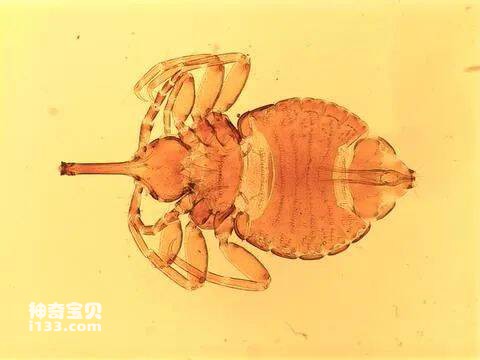Commonly known as lice, they are all blood-sucking species. Adults and nymphs remain on the host body throughout their lives. The hosts are mainly terrestrial mammals, with a few marine mammals, and humans are also often parasitized. Lice are not only harmful by sucking blood, but also make the host itchy and restless, and can transmit many important human and animal diseases.

[Identification points] The body is 0.5-6.5 mm in length, slender or transversely wide, dorsally and ventrally flat, and only the abdomen is clearly segmented. The head is small, the compound eyes are degenerated or absent, and the single eye disappears. The mouthparts are piercing and sucking, so there is no need to retract into the head from time to time. The chest has 3 healed segments, the feet are thick and short, the tarsal segment has 1 segment, and there is 1 curved claw. No tail whiskers. The difference between this order and Trichophagus is that the mouthparts are sucking and the three segments of the chest are healed.
[Species and Distribution] About 500 species are known in the world and are distributed globally, but Africa and the Palearctic region have the most species. 65 species have been recorded in my country.
The characteristics of this order can be summarized as follows: the front mouth is piercing and sucking, and the tarsal claws each have a climbing foot; the chest is completely wingless when it is healed, and the lice suck blood and harm lactation.
animal tags:
We created this article in conjunction with AI technology, then made sure it was fact-checked and edited by a Animals Top editor.